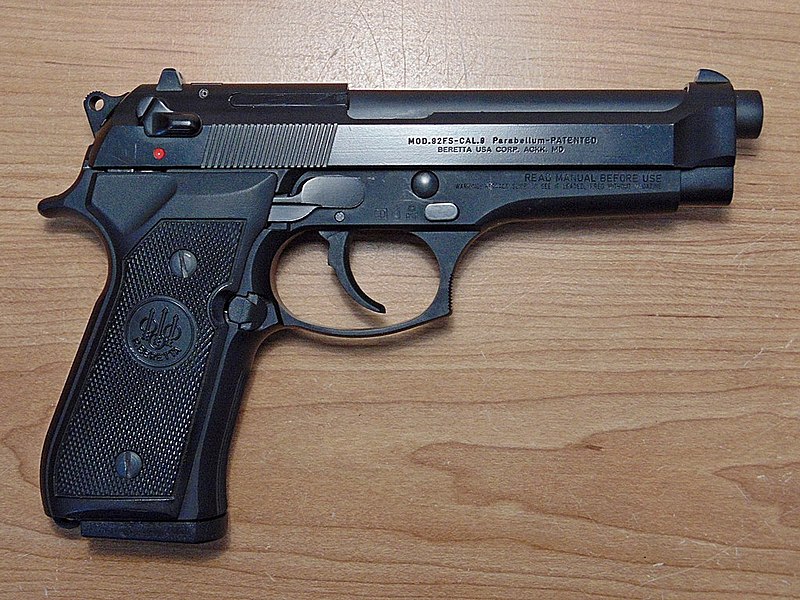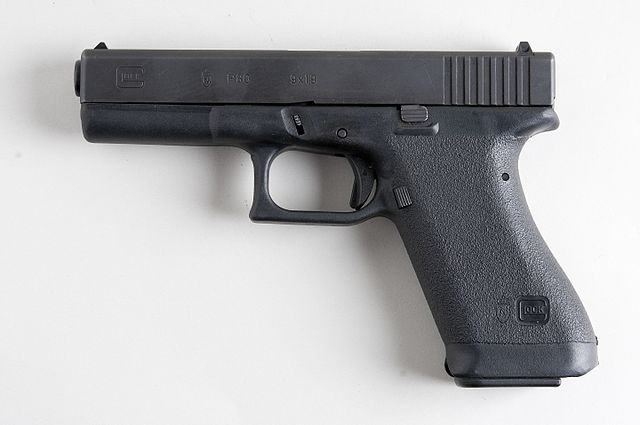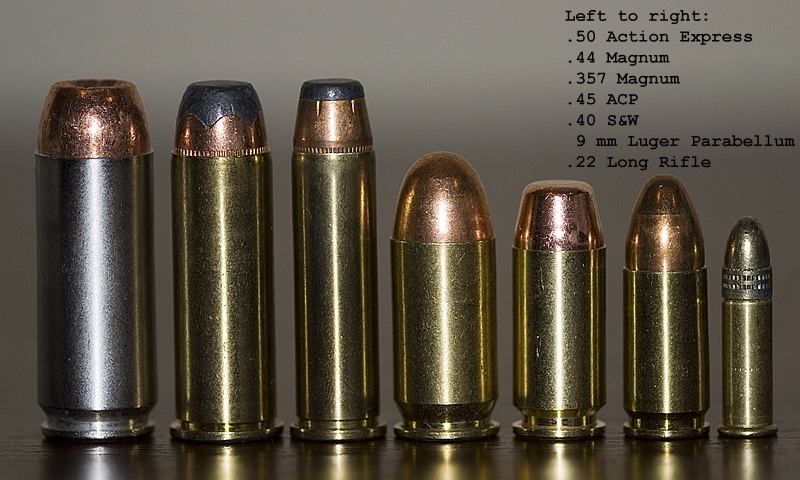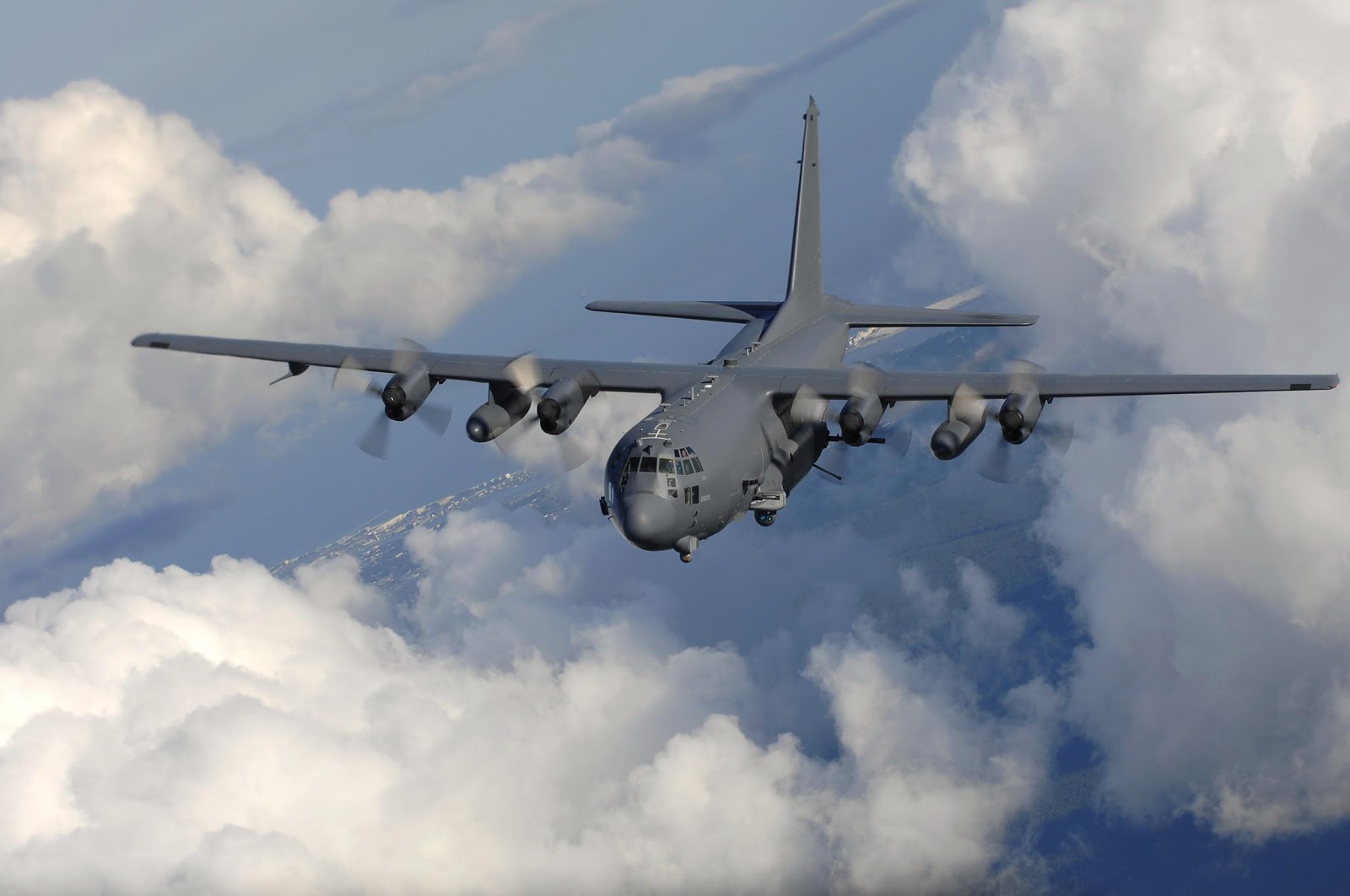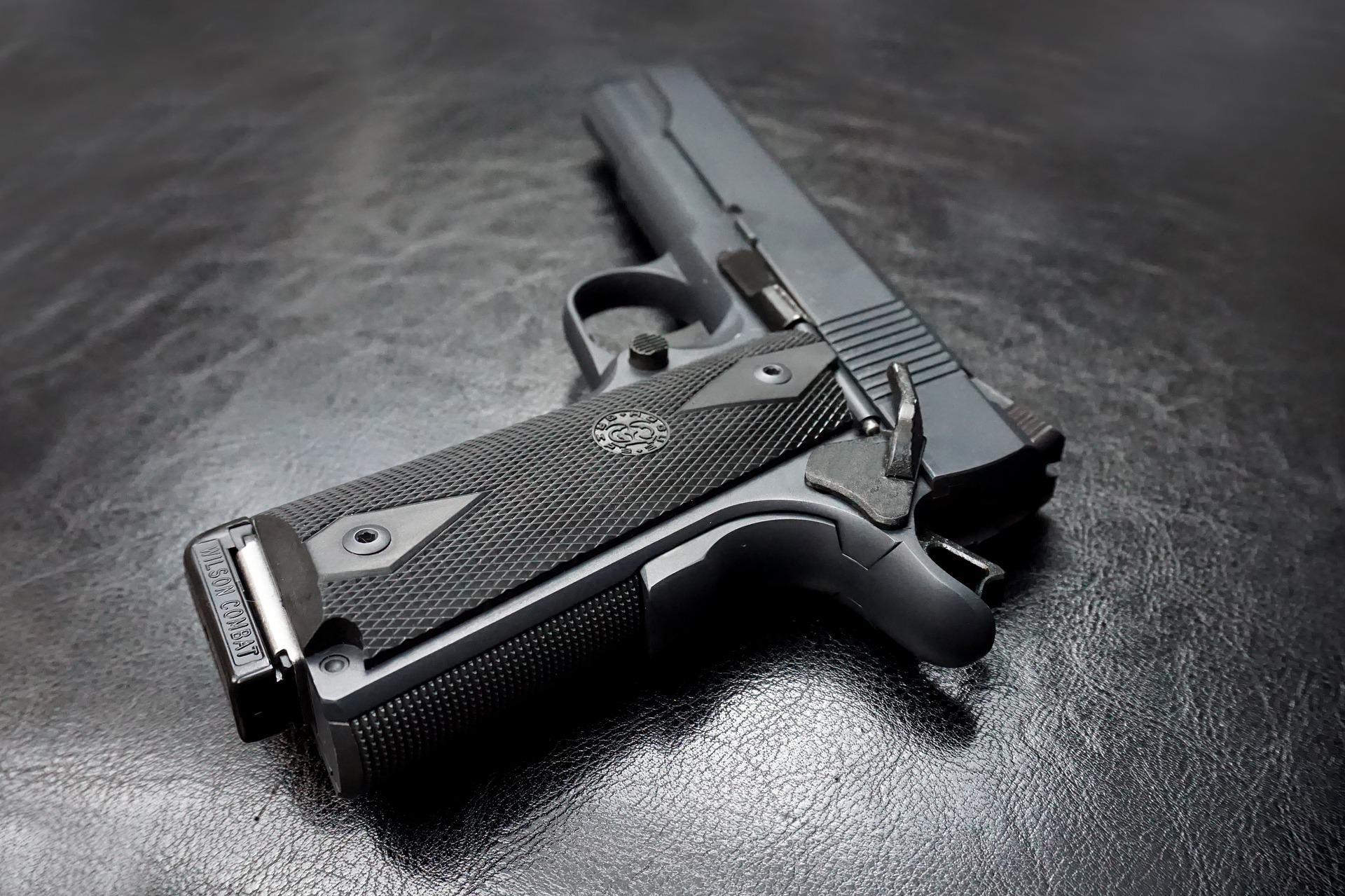
If you’re new to the world of pistols, some of the terminology can make your head spin. And among that industry jargon are the terms “single action,” “double action,” and “striker-fired” pistols. What’s the difference between all of these mechanisms? And what impact does it have on the actual functionality of the gun? We’ll go into some of the differences in this post.
What is a Double Action Pistol?
The Beretta 92 is a classic example of a DAO pistol. Photo Courtesy of Picanox.
For a while there, double action pistols were the hot thing. From the Beretta 92 to the SIG P226, double actions were some of the most popular semi-auto handguns for duty and civilian use alike.
Double action pistols generally fall into one of two categories. First, we have “double action only,” also known as “DAO.” When shooting a DAO pistol, a single trigger pull can move the hammer both backward, cocking the gun, and forward to fire. It can be a bit tricky to get the feel of DAO guns at first, but once you do they’re extremely handy.
Then, we have “traditional double action,” guns, also known as “double action/single action” or “DA/SA.” The 80’s “cop revolvers” are another example of DA/SA guns. They function either in double-action or single-action mode – more on that next.
Single Action vs Double Action
Long before double action pistols hit the scene, we had single action pistols. With a single action trigger, some kind of force needs to cock the hammer back before firing. Some single action pistols work using the recoil from a bullet, while others need the operator to pull the hammer back with their thumb.
Some famous examples of single action guns include the illustrious 1911. In addition, early revolvers (like the Colt Navy) were single action as well, requiring the shooter to cock the hammer manually in order to fire.
Striker-Fired (Hammerless) Pistols
The Glock 17 was the gun that popularized striker-fired pistols. Photo Courtesy of Askild Antonsen.
Aside from single and double action pistols, a third type exists. When Gaston Glock built his first pistols in the 1980s, it wasn’t just their polymer frame that made them revolutionary. They also were the first widely popular striker-fired guns.
Instead of using a hammer to force the firing pin forward, striker-fired (also known as “hammerless”) pistols use an internal mechanism.
One last thing to note about striker-fired pistols. Although it was Glock that made them popular, he didn’t invent them. That honor goes to none other than John Moses Browning – the very same gunsmith that brought us the legendary 1911.
All three of these pistol types feel significantly different when you pull the trigger. Ultimately, the best way to learn the difference is to try them all for yourself!
What do you think? Which of these pistol types is your favorite? Let us know on any of our social media pages!

